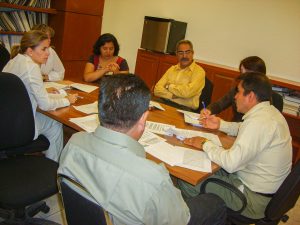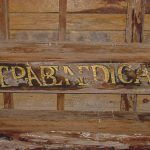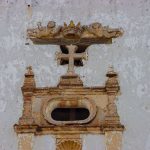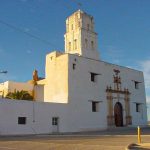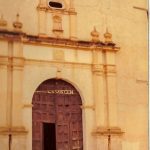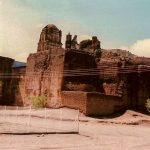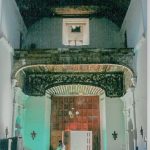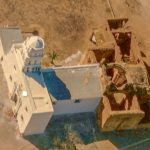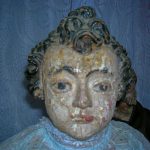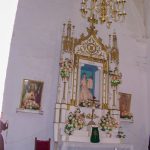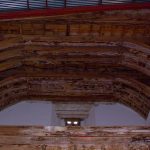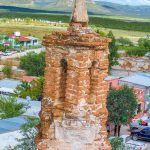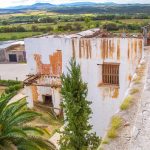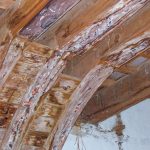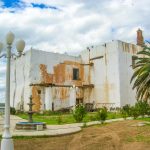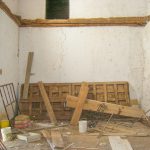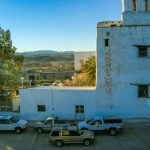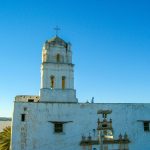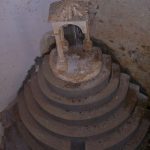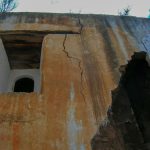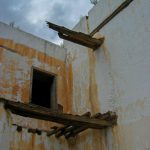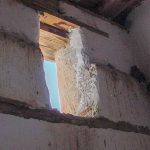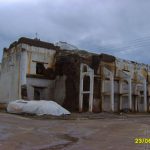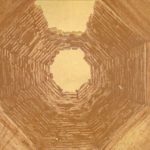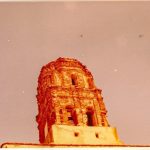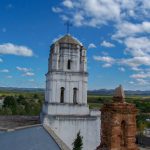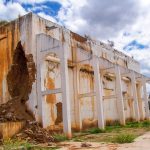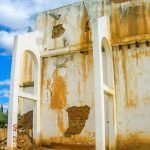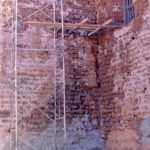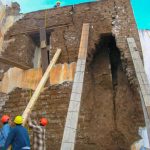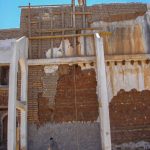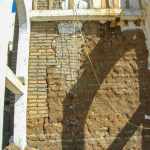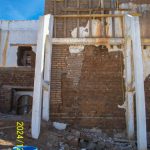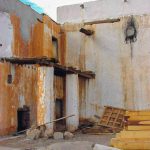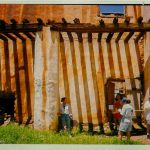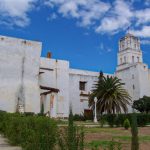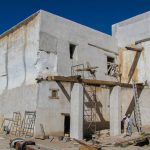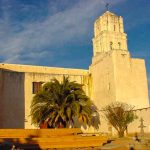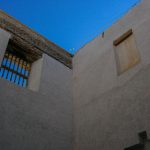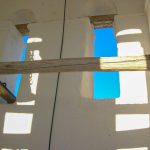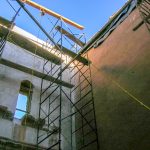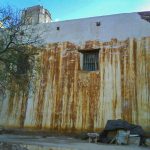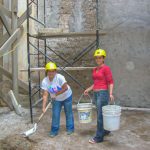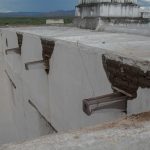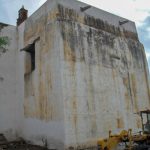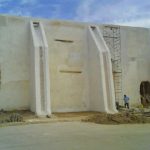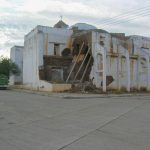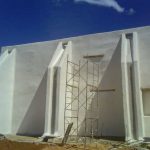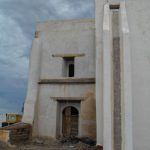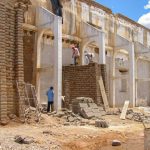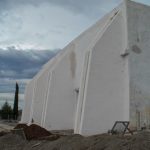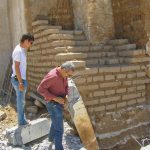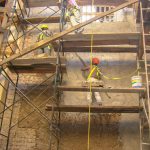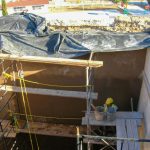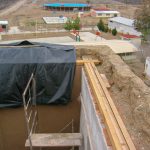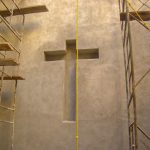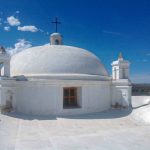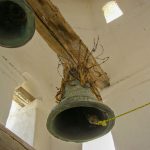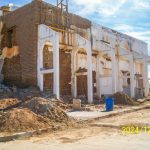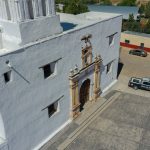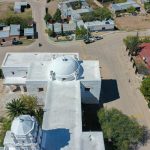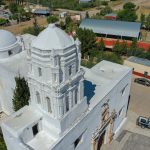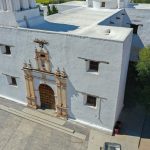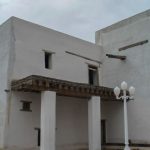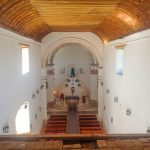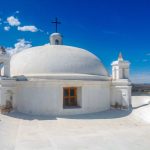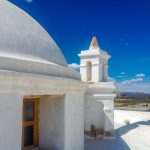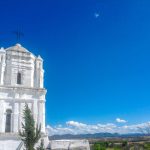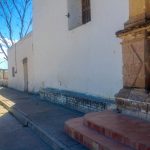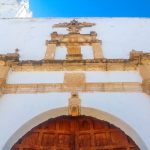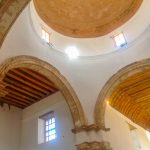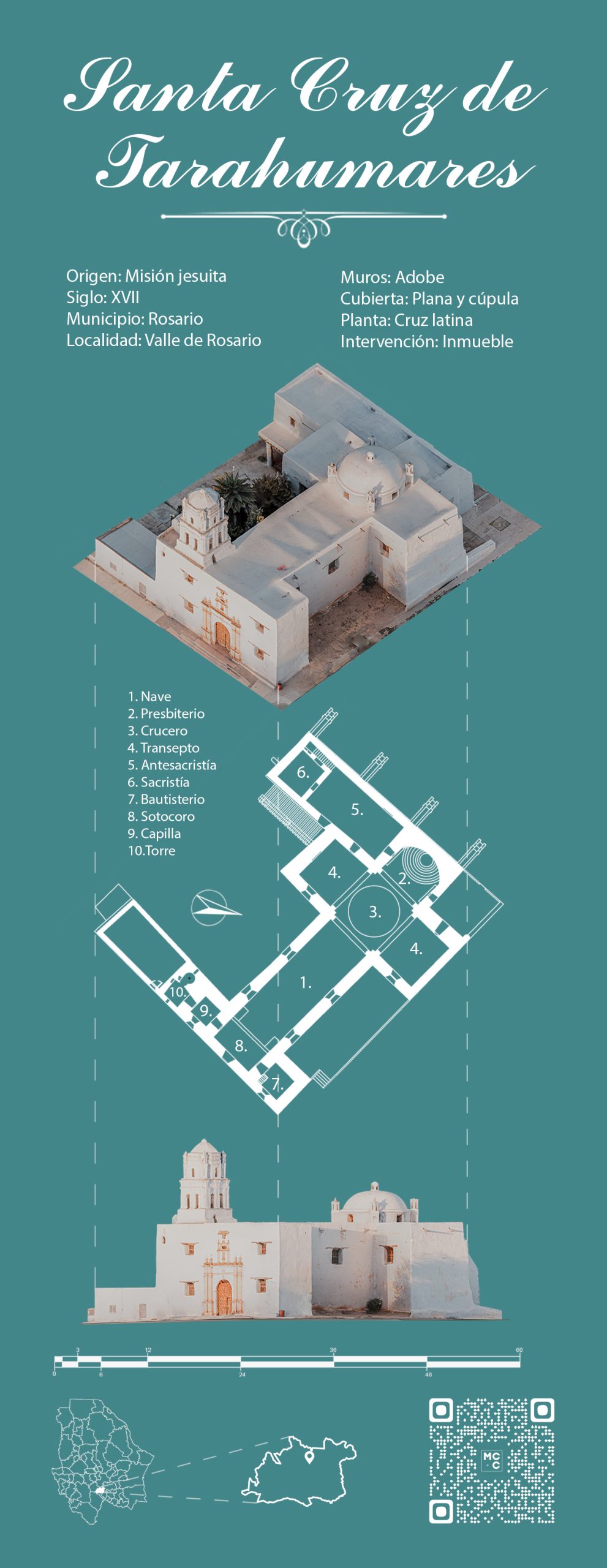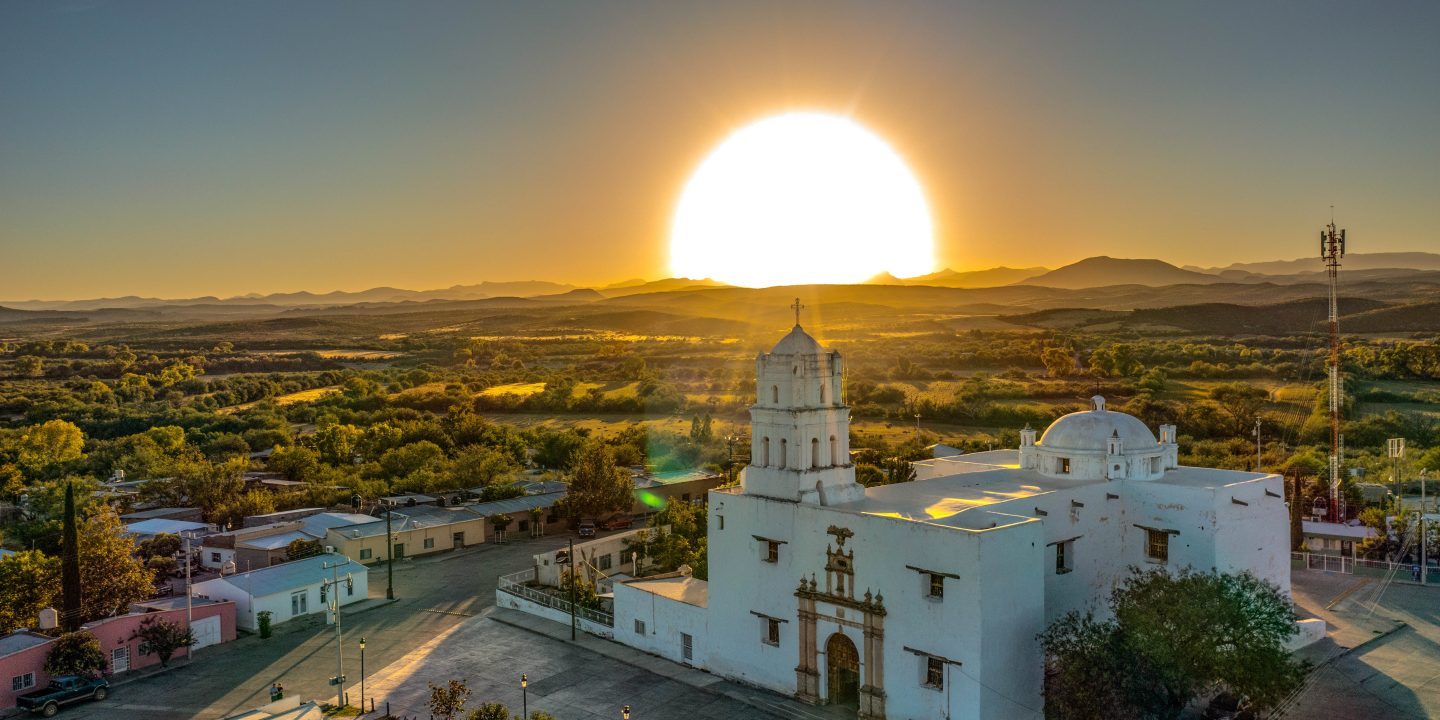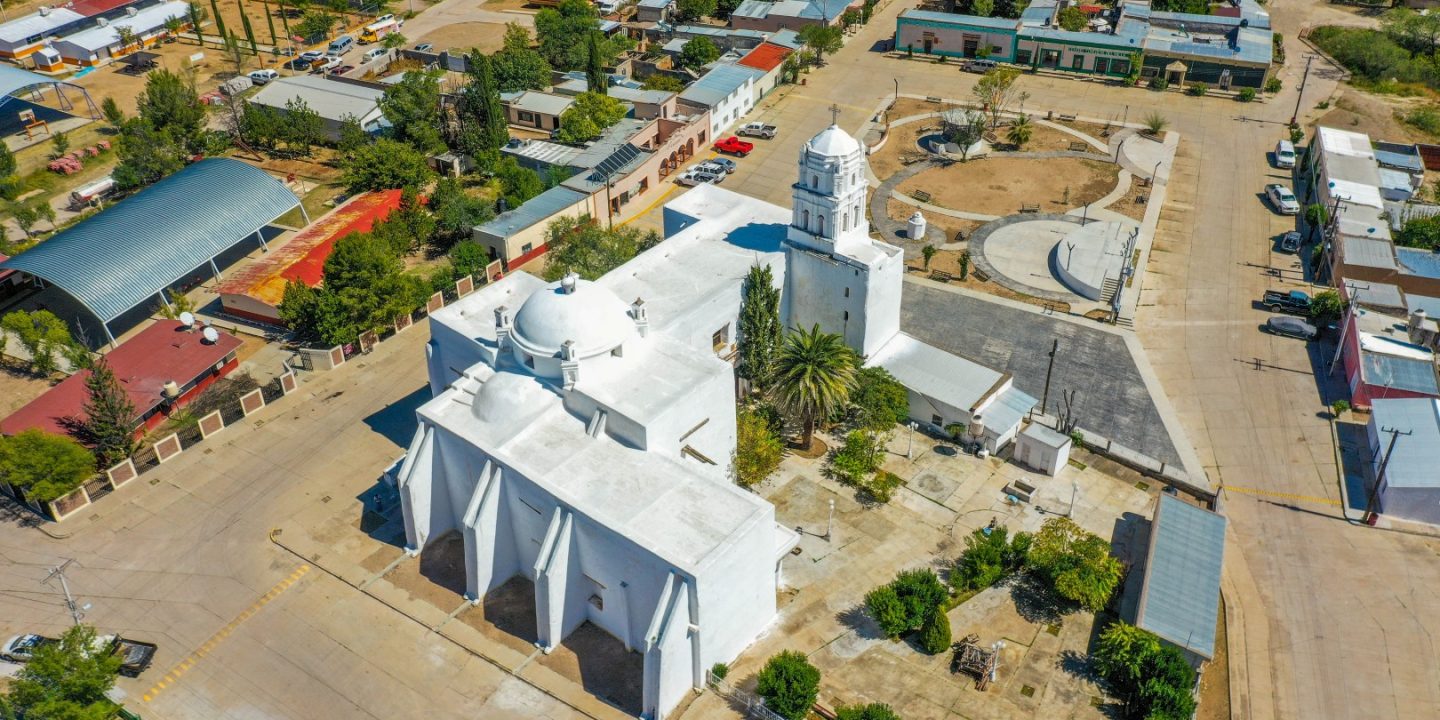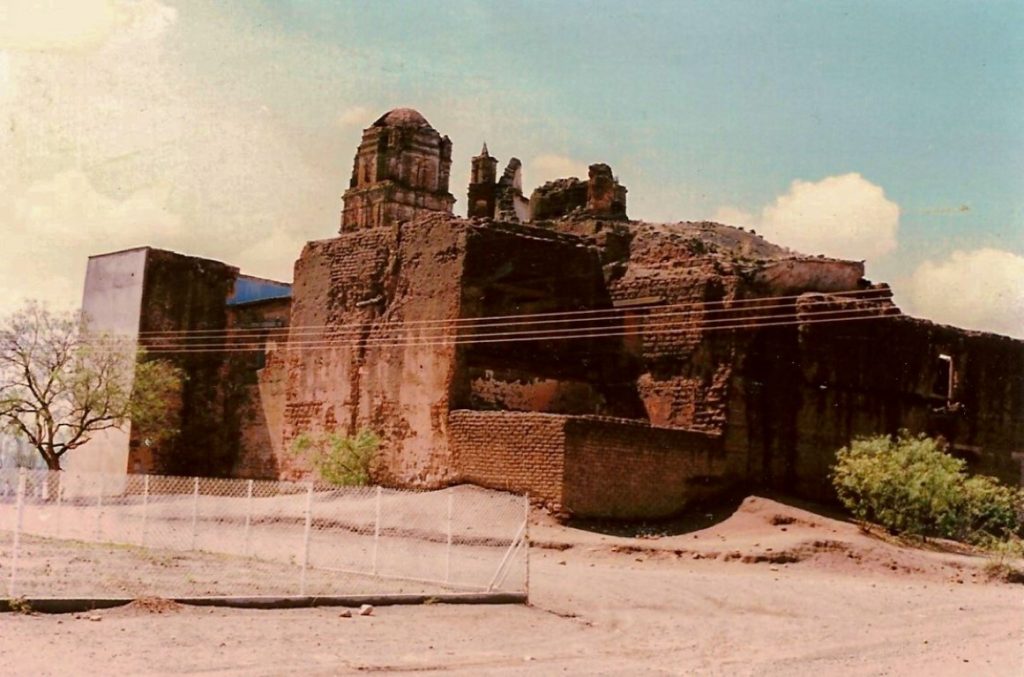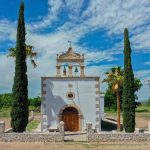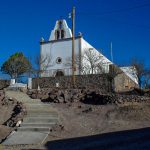Santa Cruz de Tarahumares
Santa Cruz de Tarahumares
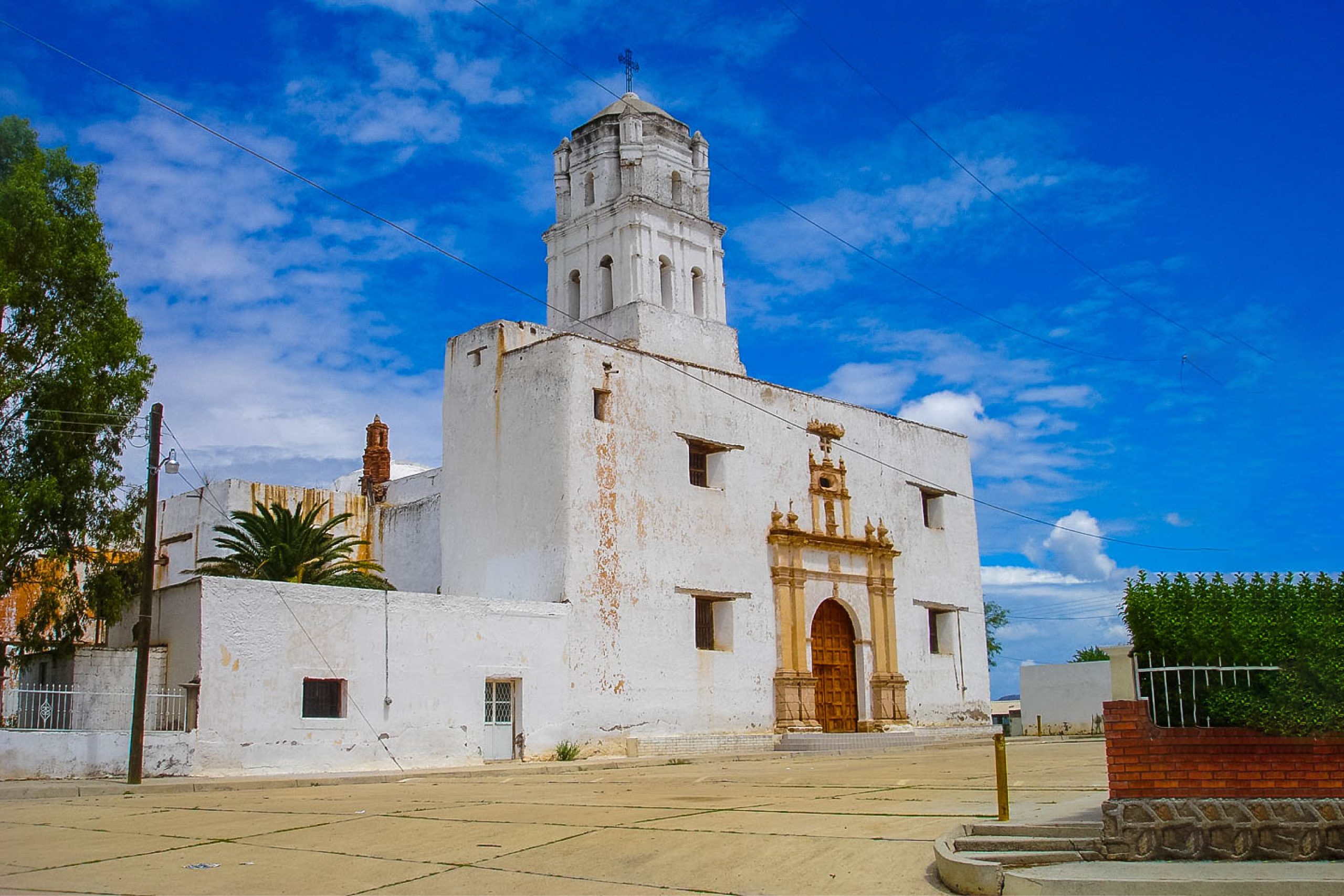
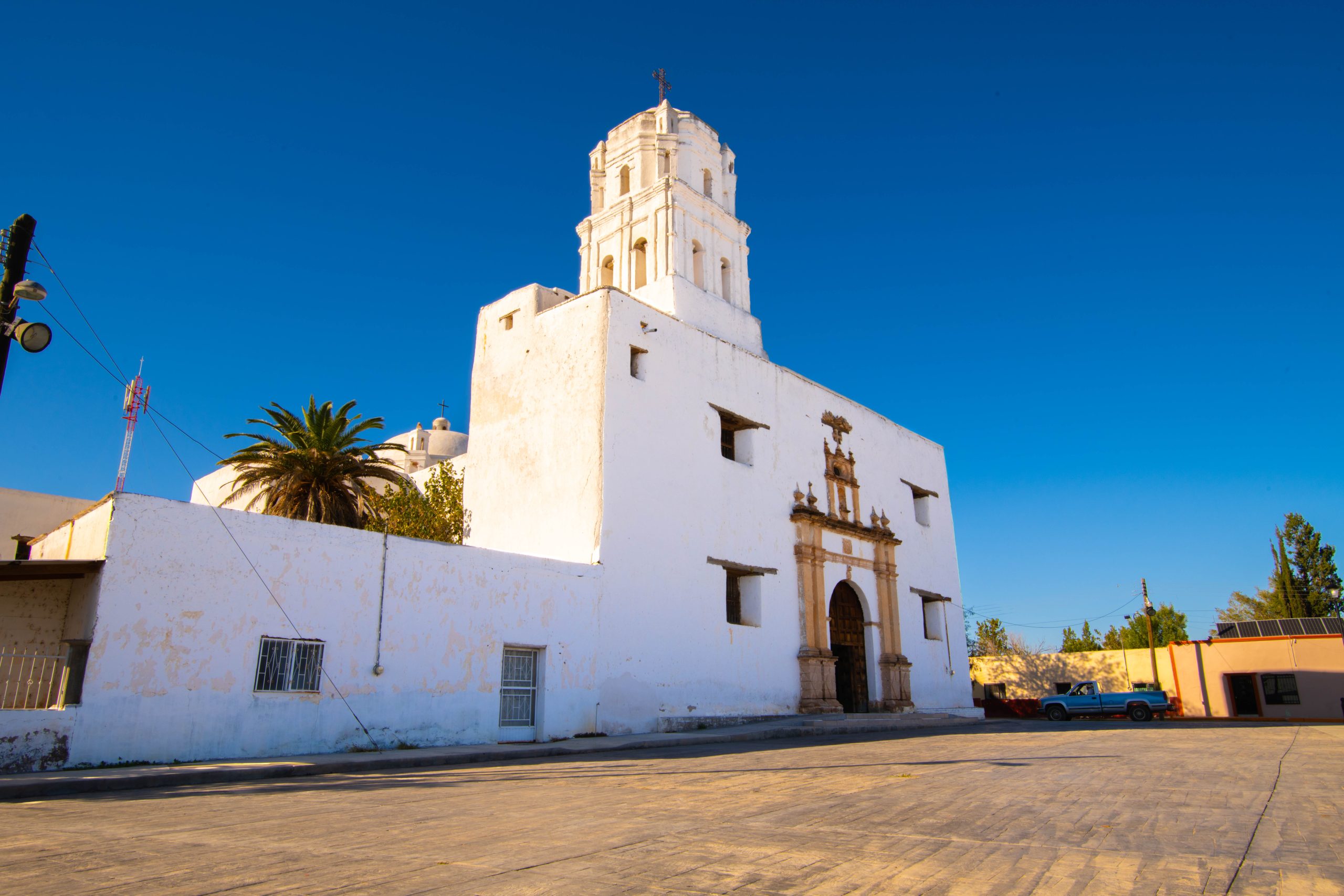
When Juan de Barraza visited the Tarahumara in 1641, he arrived at the town of Santa Cruz on May 1st, and this captain tells us: “The indigenous people built on their own a large and adequate dwelling, with fresh branches and a very curious jacal, suitable to serve as a church while they construct one intentionally.”
The construction of an irrigation ditch was planned to water the large fields on both sides of the river.
Finally, on May 3rd, with the entire gathering of Tarahumaras, Father Pascual celebrated Mass and officially founded the new mission. The act was witnessed by Father Nicolás de Zepeda, the soldiers, and the little governors Don Bartolomé and Don Pedro. Good judgment was shown in establishing this town, as both agriculture and livestock thrived abundantly.
In 1678, Father Ortiz de Zapata illustrated this mission by describing the district of San Felipe: “The town they call San José (today El Sitio), also known as El Salto del Agua, is situated in a flat and pleasant location, inhabited by twenty-three families […] with one hundred and one people […] this is a new settlement and therefore has only a small church jacal; but currently they are finishing it, while the one in Santa Cruz is already completed,” and he adds: “Thus, in this town (San José) no indigenous person comes to request baptism, although previously they did.” The missionary at the time (1678) was Father Francisco de Valdés, who, in addition to attending San Felipe, Santa Cruz, and San José, also assisted seven Spanish ranches “and others who are considered as such in the area.” In total, there were about seventeen families: “in them, of all colors, sexes, and ages,” totaling one hundred and fifty people under his administration.
The missionary who remained the longest in Santa Cruz was Father Antonio Ignacio Herrera, of Valencian origin, who arrived in 1684 and stayed there, except for a short stay at the Colegio de Chihuahua from 1720 to 1723; he returned to his mission, where he died on July 28, 1738. His prolonged presence changed the toponym of the place, which became known as “Santa Cruz del Padre Herrera.” In 1727, with the indigenous people of his flock, he obtained land to create another community near San Antonio de El Tule. He named the settlement Santa Rosalía, which, eventually merging with the San Antonio hacienda, became the present town of El Tule. Herrera was succeeded by Cristóbal Moreno, who remained until the secularization of 1753.
(Márquez Terrazas, Zacarías: Misiones de Chihuahua, s. XVII Y XVIII).
The building has minor, moderate, and severe damage in all areas, including those that have already undergone a restoration process. These alterations are caused by various factors, but in general they are due to a lack of continuous and consistent supervision by personnel trained to carry out this type of work.
The church was completely modified in the 19th century by Father José de la Luz Corral, who remained there from 1848 to 1850. The transepts were removed, and a two-story tower was built. The façade and windows are of Jesuit origin, as are the walls of the main body of the church. The beams and wood in the choir, as well as the turned wooden window grilles, are also original.
Furthermore, there is a lack of theoretical criteria when making decisions regarding the modification, removal, or placement of construction elements, as well as a lack of organization in the work that would allow the progressive advancement of the project to be observed.
INVERSION 900,000.00 MXN
PHASE I
Installation of clay brick flooring in the corridor and office area on the second floor. Opening of an aperture for a door, including frame and lintel. Lime-and-sand plastering in the corridor and interior staircase.
Electrical installation (excluding light fixtures).
- Lime-and-sand plastering on the exterior. Wooden lintel over the west entrance.
- Removal of metal sheet and structural framework.
- Demolition and reconstruction of parapets, installation of tie beams, fabrication and placement of wooden elements for the reconstruction of the false vault.
- Installation of floor slabs and load-bearing beams. Installation of a roof deck approximately 40 cm thick.
- Lime mortar compression layer. Waterproofing using soap and alum.
- Installation of four sandstone gargoyles, each 2.60 m long.
(FOREMOBA, 2015).
- (Municipal Government of Rosario)
- Government of the State of Chihuahua
- Misiones Coloniales de Chihuahua A.C.
This temple is the largest of missionary origin in the state of Chihuahua. Its restoration began in 2006 by Misiones Coloniales de Chihuahua A.C., in collaboration with the three levels of government. Currently, the work is 50% complete and under the supervision and direction of the State Government and the INAH Chihuahua Center.